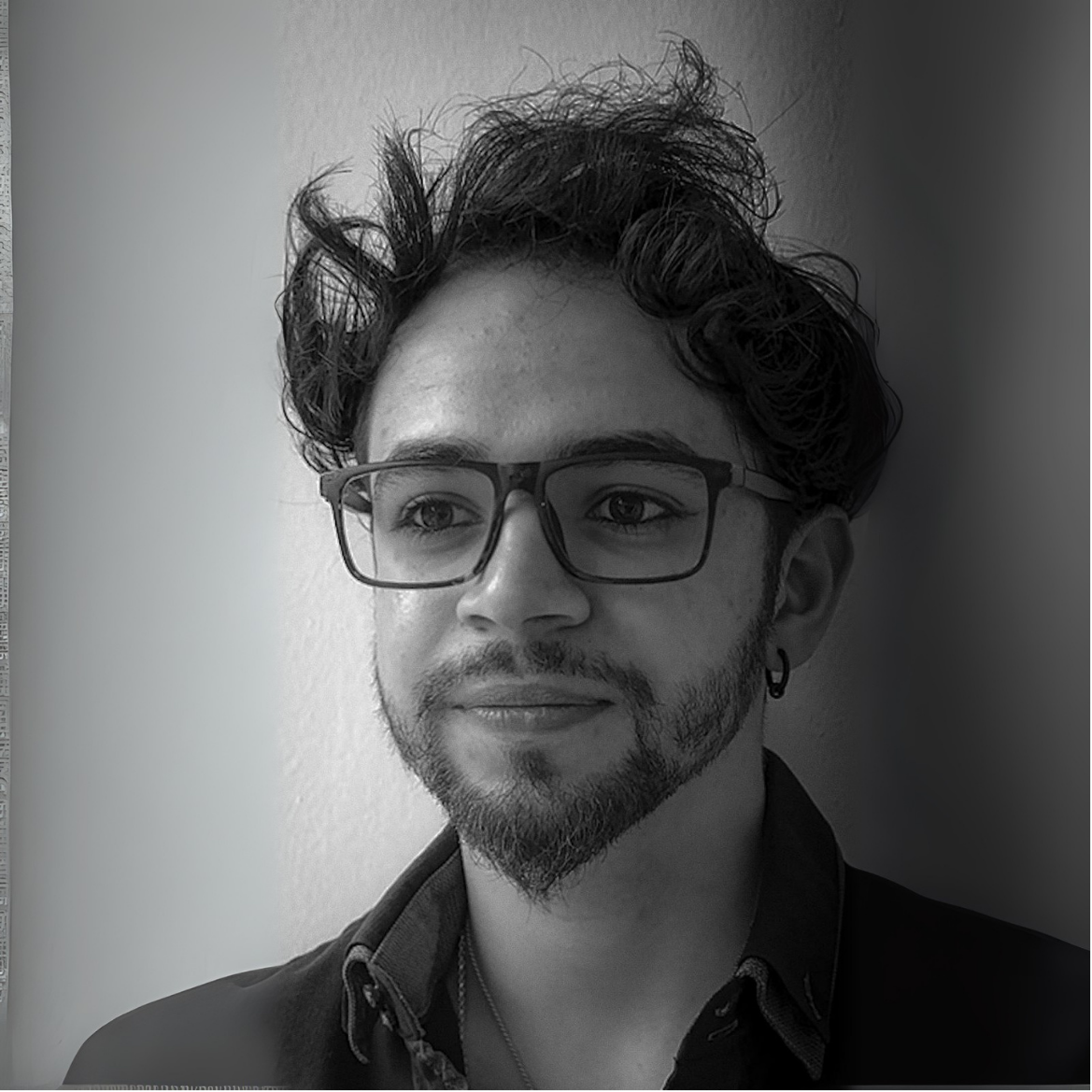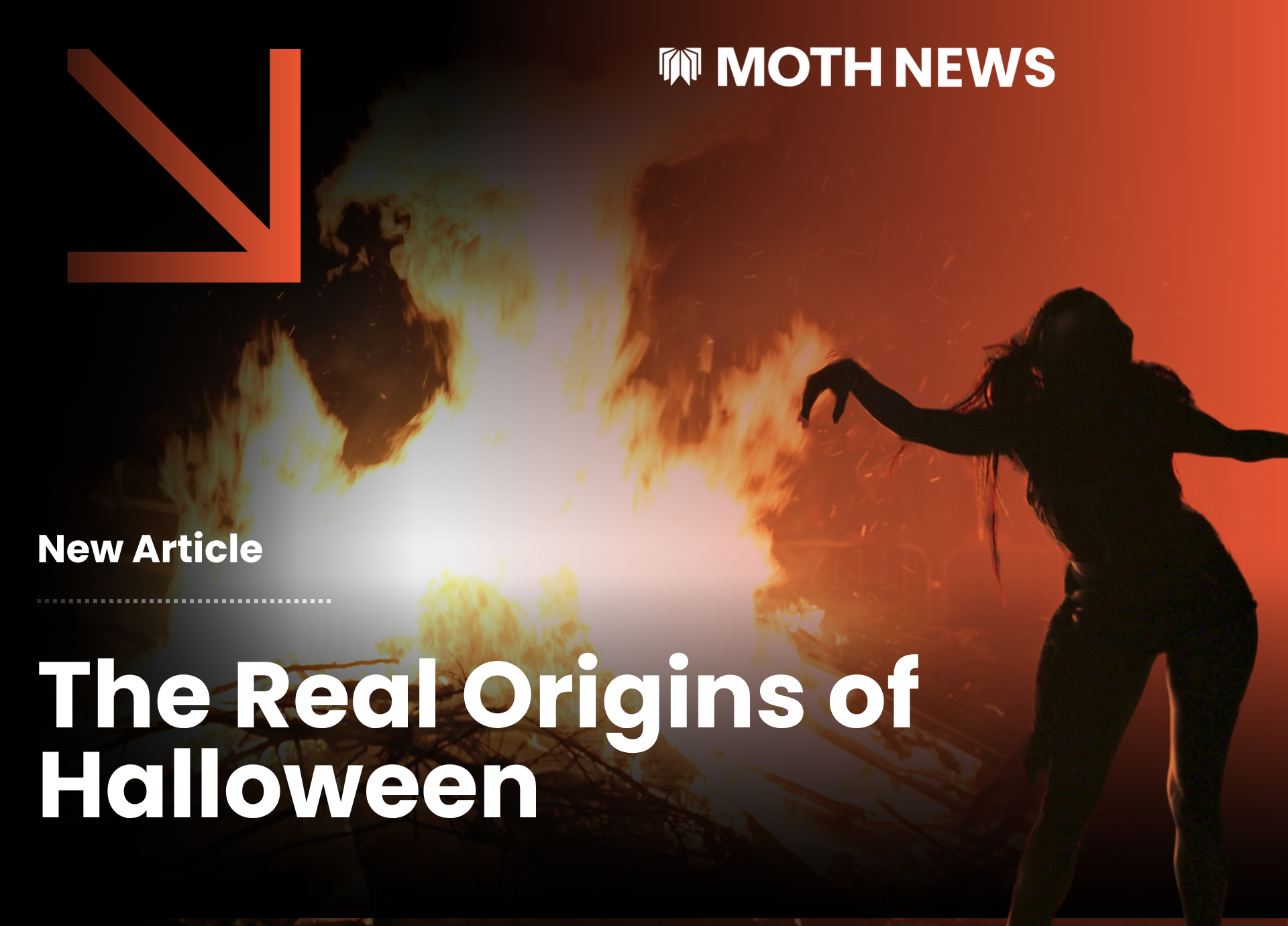.png)
There is a particular malevolence that hangs over conversations about sexual violence in Ireland. It is not loud. It is not dramatic. It is the quiet, familiar pressure that falls on survivors long before they ever speak. It lives inside the questions that should not be spoken. What were you wearing? How much did you drink? Why did you trust them? Why did you not fight back?
These questions are not curiosities. They are cultural reflexes. They shape who is believed and who is doubted before a survivor has even found their breath.
Dublin Rape Crisis Centre was founded in 1979 because survivors had nowhere else to go. There was no national helpline, no specialist support, no space where someone could speak without being judged or interrogated. There were seventy-six calls that first year. Last year there were almost twenty-three thousand.
The numbers have changed. But the instinct to blame survivors has not.
Chief Executive Rachel Morrow says that “victim blaming myths are very much alive and kicking in Ireland today.” She explains that their research shows “1 in 5 people in Ireland believe that women make up incidences of rape regularly,” a belief utterly disconnected from evidence yet still powerful enough to silence thousands. Why do myths carry more weight than survivors’ voices?
The Culture That Conditions Us
Rachel identifies something essential when she says, “sexual violence does not exist in a vacuum.” She describes it instead as “an ecosystem that supports sexual violence,” a world shaped by attitudes that quietly excuse perpetrators and quietly desolate survivors.
This ecosystem is made of stories. The ones we inherit. The ones we avoid. The ones we tell without thinking. It grows when we ask the wrong questions. It grows every time we interrogate survivors before interrogating our culture. It grows because we have not dismantled the reflexes that teach suspicion before solidarity.
Rachel says survivors often describe “the shame and the blame that they felt, which should be experienced by the perpetrator but is so often carried by the victim.” What does it say about us that survivors still carry guilt for crimes committed against them?
Academic work on framing shows how news coverage shapes public interpretation. Entmanargues that framing is the act of choosing which details matter (Entman, 1993). When reporting emphasises clothing, alcohol or behaviour, it quietly suggests that survivors contributed to their own harm. Harcup and O Neill note that the media prioritises events that appear shocking or unusual (Harcup and O Neill, 2001), meaning the most common forms of violence remain invisible. Gilchrist’s work shows that journalism often casts survivors into rigid categories that determine whether they are believed or dismissed (Gilchrist, 2010).
Rachel challenges these distortions. She says, “most people know the perpetrator,” a truth recognised in every major Irish study, yet still overshadowed by the cultural myth of the stranger in the alley. Why do we cling to the stories that comfort us instead of the truths that could change us?
A Lifeline in The Loneliest Hour
For many survivors, the first moment of safety arrives through a phone line. The National Rape Crisis Helpline operates twenty-four hours a day. Rachel describes it as “a signposting service” where survivors speak with counsellors who listen, hold space and guide them toward therapy if they wish. Dublin Rape Crisis Centre provided “6000 therapy appointments” last year. Rachel says therapy continues “for however long the therapy needs to go on,” because “healing does not have a timeline.”
Survivors come from every part of society. Rachel says “anybody can be a victim” and “anybody can be a perpetrator.” She highlights the importance of offering support to men, LGBTQ plus survivors and people from migrant communities, each of whom faces barriers that are rarely acknowledged in public debate.
When Healing Becomes a Legal Hazard
One of the most disturbing aspects of the Irish justice system is the defence request for access to counselling notes. These notes contain the deeply private reflections survivors share in therapy. Yet they can be requested in sexual violence trials.
Rachel is clear. She says, “the defence counsel looks for counselling notes and other personal records like journals and diaries.” She says Dublin Rape Crisis Centre “believe that they are primarily used to try and discredit the victim survivor who is going to court.” How can therapy be a place of healing if everything said inside it is vulnerable to becoming legal ammunition?
She adds “we need to really consider whether that is in the interest of justice.”
Kitzinger’s work on media and public understanding underscores this point: stripping violence of context and narrowing responsibility to the survivor reproduces rape myths and deepens harm (Kitzinger, 2004). And while her work focuses on media rather than courts, the parallel is clear, when the system excludes context, the survivor becomes the easiest target.
If the cost of healing is vulnerability in court, how many survivors will decide that healing is too dangerous?
The Courtroom As a Second Wound
Rachel says, “some people have described the court process as retraumatising.” She describes how Dublin Rape Crisis Centre accompanies survivors “to the sexual assault treatment unit, to the courts, to the Garda stations,” ensuring no one must face these spaces alone.
There are improvements. Survivors now encounter Gardaí in Divisional Protective Services Units, staffed by people with training in sexual and domestic violence. The government’s Zero Tolerance strategy signals a commitment to reform. But progress is slow. How long must survivors wait for a justice system that does not wound them again?
Prevention As a National Duty
Rachel says prevention is “incredibly important.” She explains that “sexual violence is something that is 100 percent preventable” because it is always “one person doing an awful thing to somebody else.” Prevention requires a cultural shift, not just a policy shift. It means challenging the stories that shame survivors. It means interrogating beliefs that allow perpetrators to escape scrutiny. It means refusing silence when harm is normalised.
The Signs of Hope campaign offers a blueprint. Survivors wrote messages to people who had never disclosed. Rachel explains the messages came from “people who have experienced sexual violence and have benefited from support.” First time callers surged. Survivors recognised themselves in another person’s handwriting. They heard their own story reflected. They felt less alone.
Why are survivor voices still the exception rather than the foundation of our national conversation?
A New Frontier of Harm
Rachel warns about the danger of the online world. She says there are “new challenges emerging” through social media and that Dublin Rape Crisis Centre is “really, really worried” about misogynistic messaging and harmful narratives shaping attitudes. She points to the role of public figures with histories of misconduct, noting how they influence the cultural climate.
She says “we need to regulate,” not only nationally but across Europe, because online harms do not respect borders.
What happens when misogyny becomes mainstream through a screen?
For Those Still Silent
Rachel knows that many survivors never disclose at all. She calls them the silent majority. Years or decades may pass without a single word spoken. To them she offers a message that remains one of the most compassionate statements in Irish public life. “Even if you never reach out for help, we see you. We know that you are out there. We believe you.”
Belief alone cannot undo what was done. But belief can open a door where silence once lived.
Ireland At a Crossroads
Ireland has built services that save lives. It has created campaigns that shift conversations. It has survivors who speak truth with extraordinary courage. But it also has myths that persist, systems that retraumatise and online spaces that amplify harm. The gap between what we know and what we tolerate is no longer sustainable, and the question now is not whether sexual violence can be prevented, but whether we are willing to dismantle the beliefs and structures that keep it alive.
So, who do we want to be? A country that protects its myths, or a country that protects its people. A country that looks away, or a country that refuses silence.
Because Rachel is right. Sexual violence does not exist in a vacuum. And neither does change. Change grows wherever people refuse to shrink themselves, wherever survivors are believed rather than interrogated, and wherever communities walk into the night together and say no more.
If Ireland wants to be that country, the work begins with all of us, and it begins now.
If You Need Support
The National Rape Crisis Helpline is available twenty-four hours a day at 1800 77 88 88.
Dublin Rape Crisis Centre offers counselling, long term therapy and accompaniment to Garda stations, SATUs and court. You will be believed.
Reclaim the Night: Join the Movement
If you want to stand with survivors, you can join the upcoming Reclaim the Night marches taking place in Ireland. These marches began as a refusal to accept fear and silence, and they remain one of the most powerful public demonstrations we have.
Belfast
Saturday 29 November 2025 — Writers’ Square
https://www.reclaimtheagenda.com/reclaim-the-night-2025
Dublin
2025 date to be confirmed — check local organisers for updates.
Derry
Late November — typically from Ebrington Square to Guildhall Square
https://nwmf.org.uk/communities-urged-to-unite-to-reclaim-the-night/
If you can, show up. Walk. Stand. Refuse silence.
Change does not happen in a vacuum.
It happens in the streets, in the stories we choose to believe, and in the world we decide to build together.
References
Entman, R. (1993) ‘Framing: Toward clarification of a fractured paradigm’, Journal of Communication, 43(4), pp. 51–58.
Gilchrist, K. (2010) ‘Newsworthy victims?’, Feminist Media Studies, 10(4), pp. 373–390.
Harcup, T. and O’Neill, D. (2001) ‘What is news?’, Journalism Studies, 2(2), pp. 261–280.
Kitzinger, J. (2004) Framing Abuse: Media Influence and Public Understanding. London: Pluto Press.
Mendes, K. (2015) SlutWalk: Feminism, Activism and Media. Basingstoke: Palgrave Macmillan.
De Benedictis, S., Orgad, S. and Rottenberg, C. (2019) ‘#MeToo, popular feminism and the news’, European Journal of Cultural Studies, 22(5–6), pp. 718–738.
McIntyre, K. (2017) ‘Solutions journalism: The effects of including solution information in news stories about social problems’, Journalism Practice, 13(1), pp. 16–34.
Subscribe to our mailing list
Get notified on the latest episodes and when they drop.




.png)
.png)